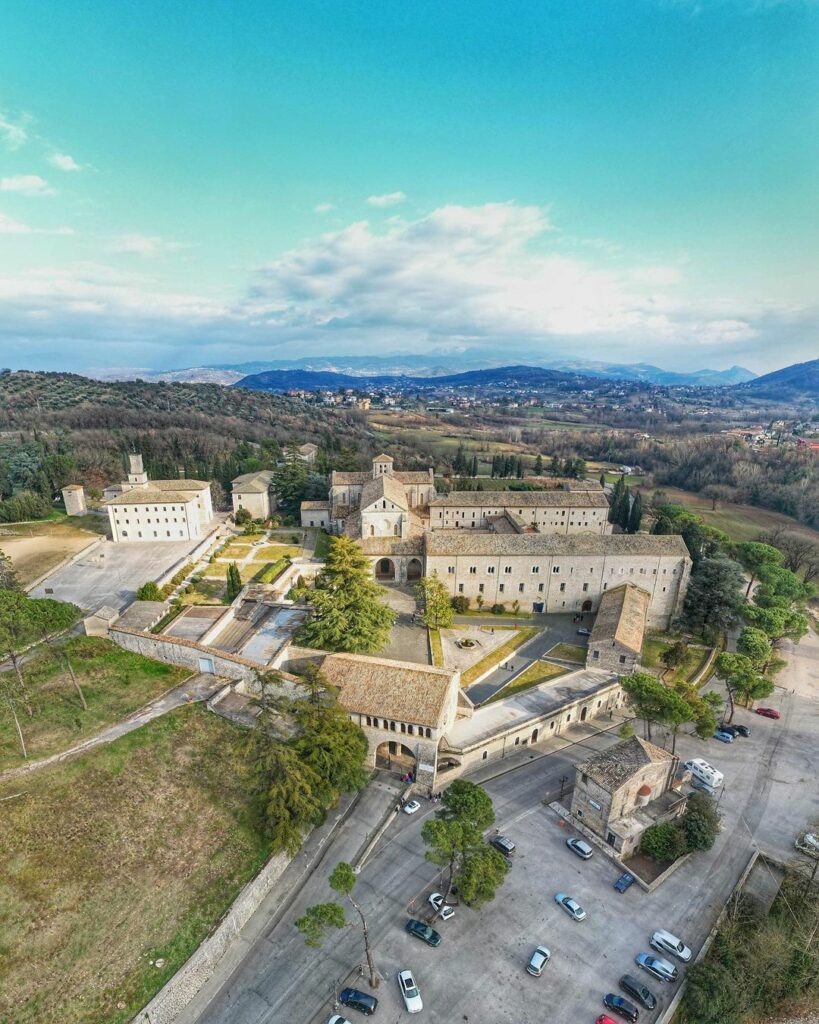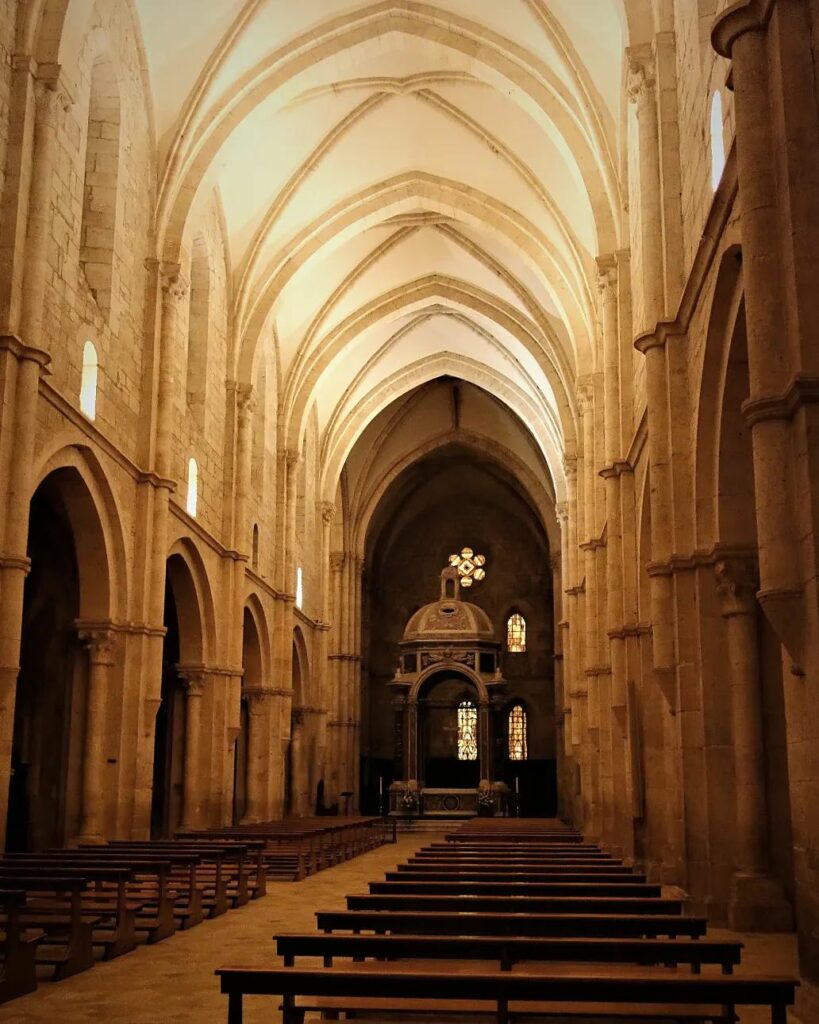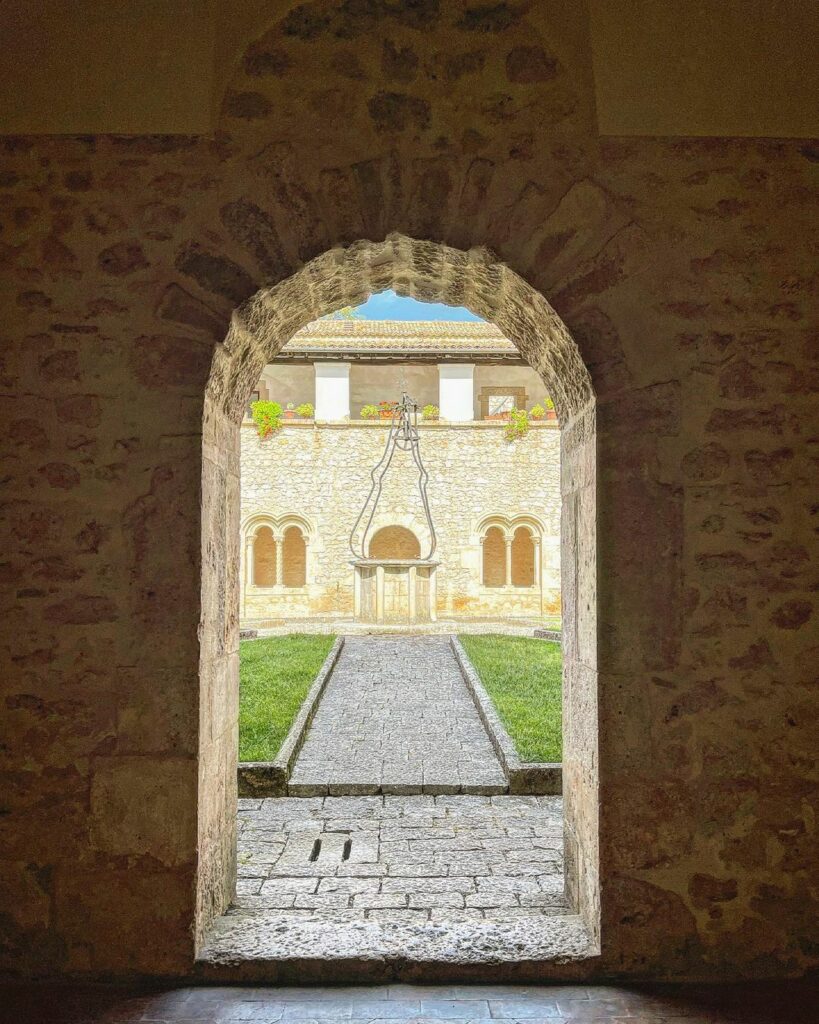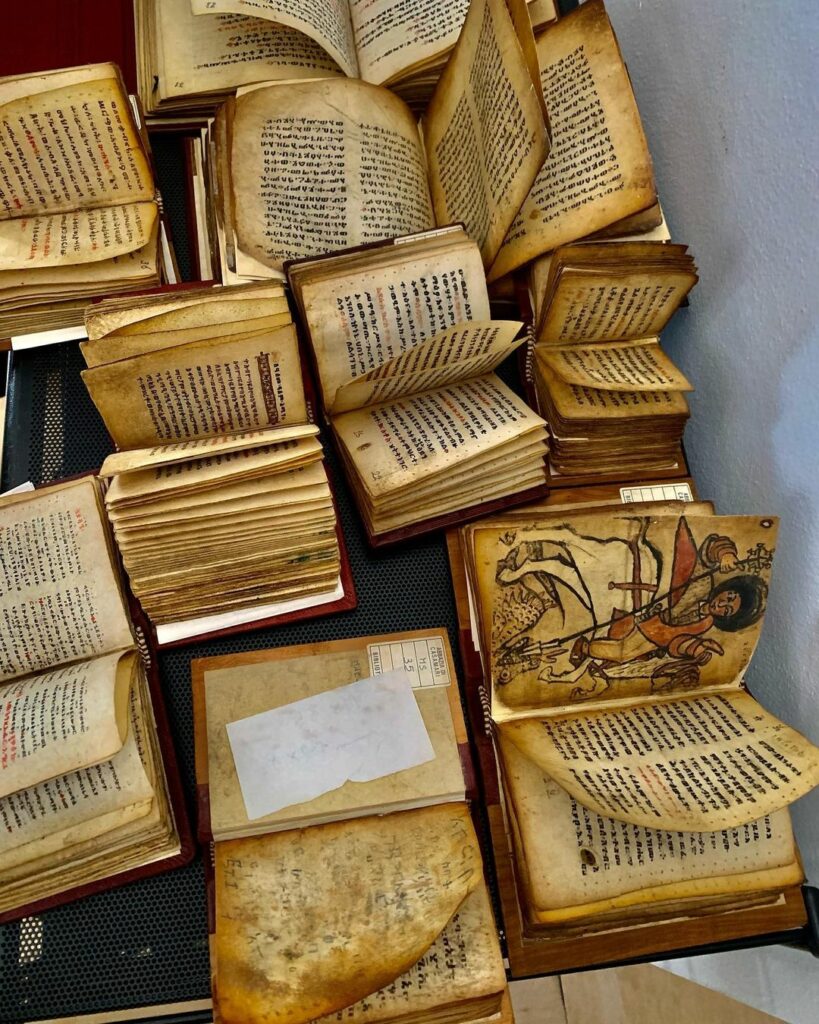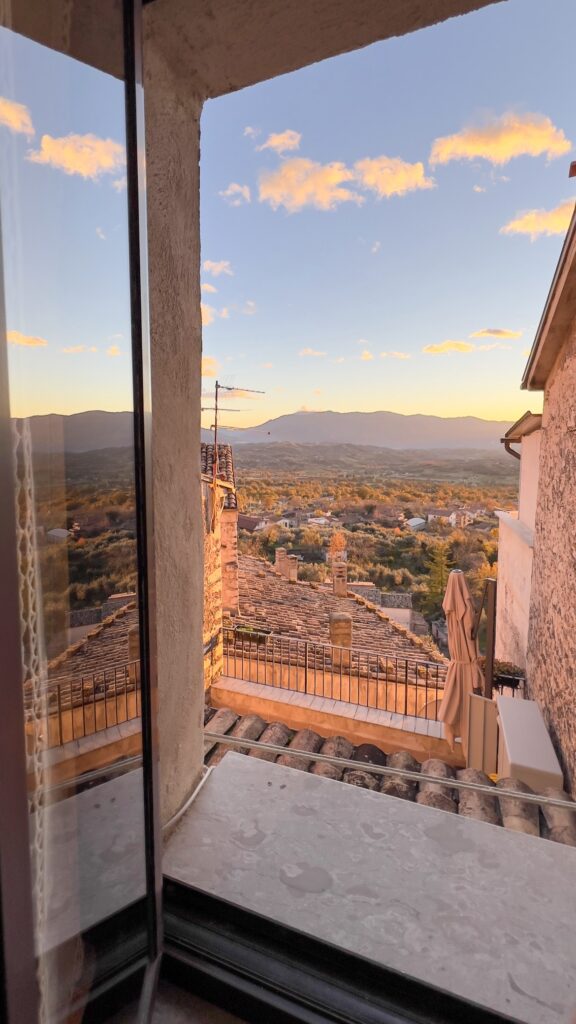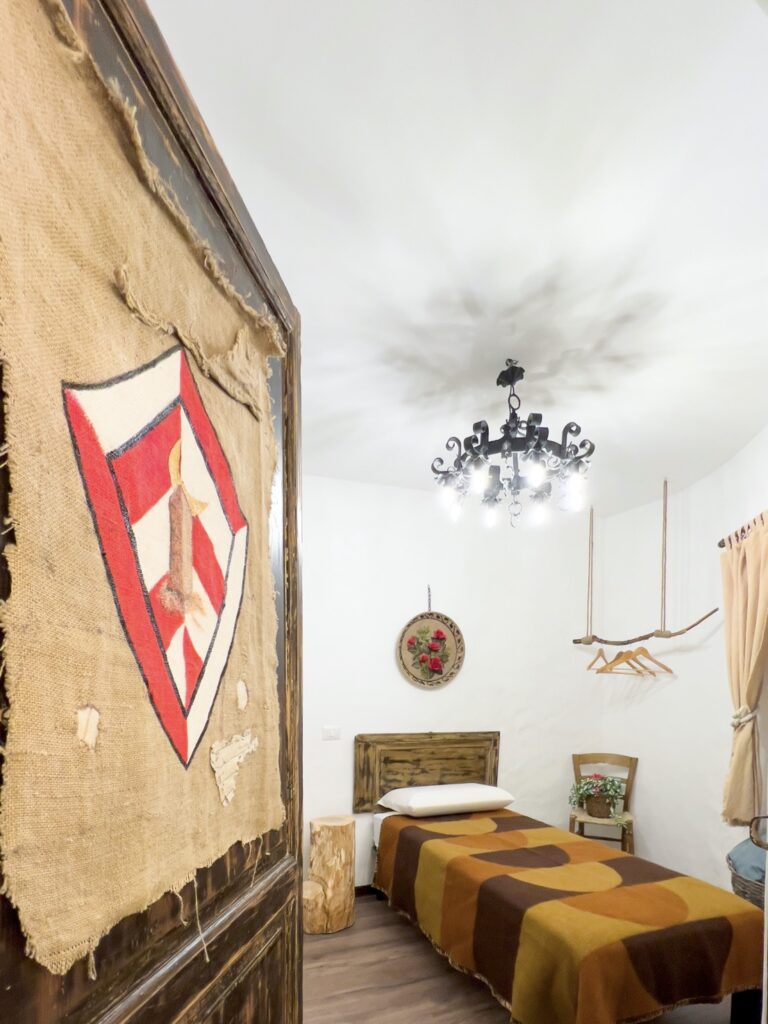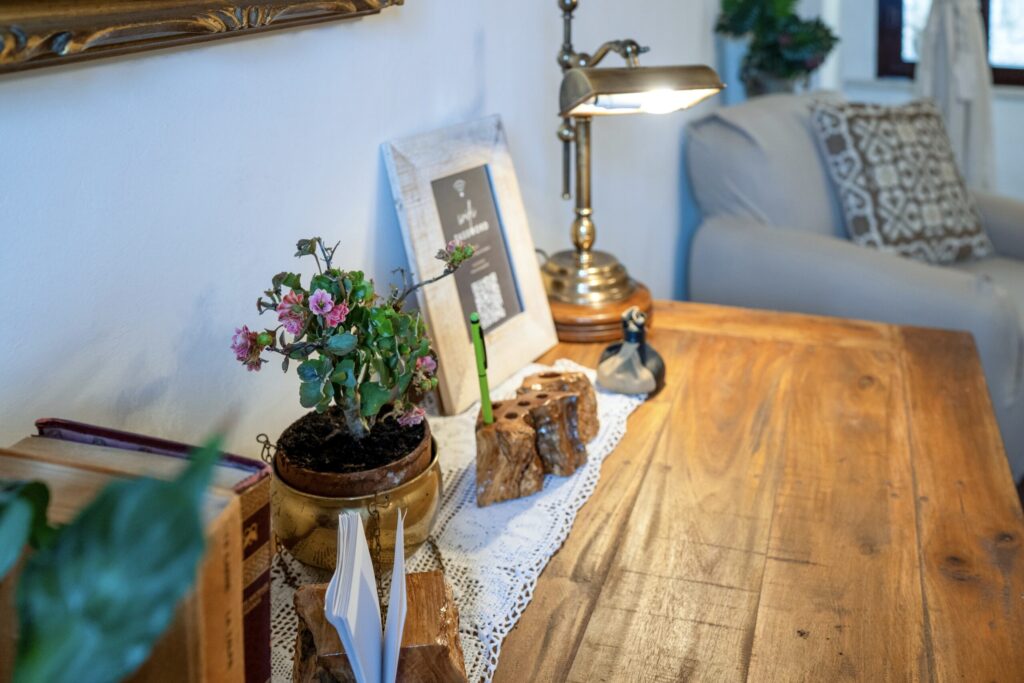
Close

The history of Casamari Abbey begins in the 10th century, when a group of Benedictine monks, followers of Dominic of Foligno, settled near Arpino.
ADDRESS
ACCESSIBILITY
By car
DISTANCE
35km
The community of Casamari soon became a lively spiritual and cultural centre, with a library that included liturgical, exegetical and patristic codices and works by classical authors.
In the 12th century, at the instigation of Pope Eugene III, the abbey joined the Cistercian reform and became a place of spiritual and cultural rebirth. The Cistercian monks devoted themselves to liturgy, manual labour and the transcription of codices, creating a community that became an important centre for the circulation of books, practices and ideas.
In the 13th century, Casamari Abbey prospered under the protection of Frederick II, Innocent III and Pope Honorius III. It was Pope Honorius III himself who, in 1217, inaugurated the church of the new abbey complex, one of the most extraordinary examples of Gothic-Cistercian architecture in southern Italy.
Today, the Abbey of Casamari is an important place of worship and culture, testimony to a spiritual and architectural tradition of great historical and artistic value.

